Machine Learning for Media – Chapter 2. Content Moderation
Computer Vision applied to Content Moderation in audiovisual contents.
keep learning with Epic Academy
Computer Vision applied to Content Moderation in audiovisual contents.
keep learning with Epic Academy
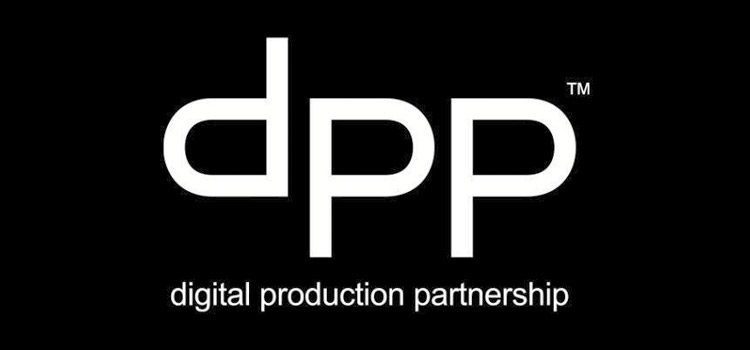
Epic Labs, a software innovation center focused on the Media space and proud member of DASH-IF, is pleased to announce that has recently joined the Digital Production Partnership. DPP was created by ITV, BBC and Channel 4 to represent Media companies across the entire value chain. DPP is committed to a globalized content creation and exchange market thanks to the Internet and innovation processes.
Epic Labs offers Media Engineering services such as real-time video experiences, streaming solutions, consultancy and expertise on CDN solutions, cloud architectures, and also co-engineering and co-creation services. In addition, Epic Labs provides extensive knowledge of Artificial Intelligence applied to the Media industry.
Alfonso Peletier, CEO and Founder de Epic Labs said, “We have found in DPP an organization that brings real value by including key players across the entire value chain of the media landscape, both the more traditional and the most innovative companies. It is the perfect setting for a company like Epic Labs whose value proposal can be consumed by both parties. It is also a framework in which to provide our knowledge of Artificial Intelligence applied to this particular market”.
“The DPP is delighted to have Epic Labs as a Member company,” said DPP Managing Director, Mark Harrison. “The DPP brings together companies from across the media supply chain who are committed to driving change and developing new opportunities. Epic Labs, with their proven track record in innovation, will be of huge interest to many companies in our network.”
——————————————————————————————————————————————
Note to editors:
Epic Labs, proud member of the DASH Industry Forum and the Digital Production Partnership, is a software engineering center that helps companies to innovate in Media, offering advanced video solutions and several collaboration proposals in digital transformation.
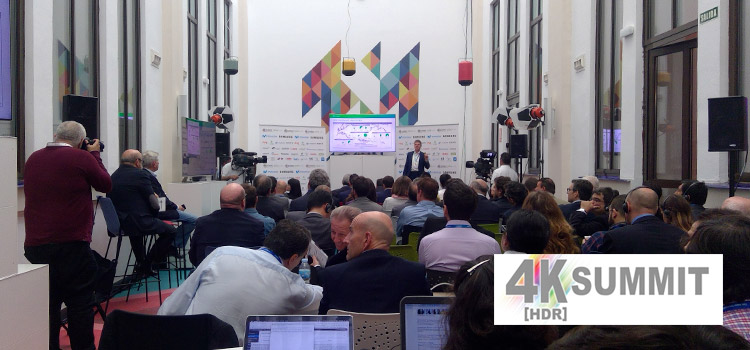
The 4K Summit was recently held at its new location in Málaga, making the Spanish city the center of the Ultra High Definition Worldwide. This third edition was attended by a total of 300 professional visitors from 22 different countries and over 90 companies represented in total, including Epic Labs. At Epic Labs, as an Innovation and Knowledge Center, we want to offer our vision and headlines of this growing event.
IP Broadband vs. Traditional Broadcast
In the early stages of the event we already found one of the main topics nowadays in our industry: Traditional Broadcast (i.e. Satellite, terrestrial) vs. IP Broadband. Luis Miguel Gilpérez, President of Telefónica, pointed out that video is at the core of their strategy given that Telefónica’s main focus is set on fiber optics, bringing massive broadband to all households. In the case of Spain, 75% of the population has access to this technology used to deliver for high-speed Internet allowing for and additional entertainment offer. Telefónica’s goal is to continue differentiating through the variety and exclusivity of its audiovisual content, and also through the user experience.
With regards to its Fusion product (IP broadband, mobile and content bundle), Gilpérez provided several interesting data: 64% of customers consume content through VOD, the smartphone is the most used device with a penetration of 52%. With respect to 4K, Telefónica wants to promote this technology and will therefore release set- top-boxes suitable for this resolution on the second quarter of 2018.
Michel Chabrol, Director Marketing Innovation from Eutelsat, provided further insights to Traditional Broadcast and IP Broadband. Chabrol commented that there are currently about 100 channels active in 4K/UHD worldwide, many of them offering experimental content. 41 of them are being distributed via satellite while 56 leverage cable or IPTV platforms, and only two of them are distributed via terrestrial television. This shows that both, terrestrial and satellite television, are clearly threatened by the growth of IP broadband in households. As a result of this, Eutelsat are looking for alternative markets. Michel Chabrol presented in Málaga a project towards the luxury hotel sector, to distribute premium content in 4K.
Market perspective
Peter Gray from IHS Markit presented a market study on the state of 4K/UHD penetration in homes. Gray revealed that China is the country in which more 4K television sets are being sold and where it seems to be a greater interest in this technology, they are indeed opting for larger screens. In China, 66% of the television set sales have a screen larger than 40”. USA holds the second position and below Western Europe. In that sense, there is a clear gap between the countries that are producing lot of 4K/UHD contents and those that are consuming the most. Europe has 32 channels, USA has 13, APAC has 10 and Japan 5. Regarding 8K, China and Japan are the ones where there is more interest in the consumption of a resolution like an “IMAX at home” as Gray himself defined.
NASA
One of the main speakers, Carlos Fontanot’s, Imagery Manager ISS at NASA, attended the 4K Summit through a live video conference from the Johnson Space Center in Houston. The ISS is permanently generating audiovisual content, more than 3.5 million photos and thousands of hours of video through 6 HD channels are generated each year. The ISS is like a small production area that flies at an altitude of 400,000 meters and at a speed of 28,000 kilometers per hour. They have different types of cameras for this purpose, from the small GoPro Hero 3 to a Red Epic Dragon. Transmission to Earth is made via Ku Band at a bit rate of 300 Mbps, the 4K signal is encoded in four HD-SDI 1080P outputs. NASA has a 24/7 4K channel to broadcast this type of material and it was in the past that NAB of Las Vegas was the first 4K live broadcast from the ISS.
Olympic Games
Winter Olympic Games are being held in 2018 and two years later it is Tokyo’s turn, where it is expected that substantial changes will be introduced in the workflows and the technologies used, there is really a lot of expectation generated. There where two very interesting panels at Málaga focused on that; first, Peter Hutton, CEO of Eurosport, explained the vision and commitment of this channel on Pyeongchang 2018. The platform will be betting on live VOD coverage through Eurosport Player, a multi-device OTT service where viewers will be able to follow instantly everything that happens. It is estimated that the coverage will provide about 4,000 hours of content being 900 of them broadcasted live.
And then, Guillermo Pérez, Engineering Director at OBS, focused on the implementation of 4K, something that is already in the International Olympic Committee (IOC) roadmap in the medium term. OBS will continue producing the main events in HD because the quality of the final product cannot be compromised, UHD is not mature enough yet to replace HD in live productions. However, he did confirm that by Tokyo 2020 they are working hand in hand with the Japanese NHK to achieve a greater implementation of 4K, this will be possible given the better management of UHD signals that leverage IP technology and, therefore, this resolution will have more prominent. Guillermo Pérez said also that it is essential to offer customers as many formats as possible with the utmost security.
Standardization
There are several attempts to normalize the correct deployment of the UHD, a good example of this are associations such as the UHD Alliance. At the 4K Summit, they set out the need for agreement on what kind of standards to use and recommend to deliver master contents always in 3840×2160 resolution at 10 Bit, using BT. 2020 and ST2084 EOTFF for HDR as color space.
Regarding the situation of broadcasters, Massimo Bertolotti, Director of Innovation and Multimedia Distribution at Sky Italia commented that the UHD cannot remain only in an improvement of the resolution, but it is essential to offer a better user experience and that is where the HDR along with the IP have a very important role. For Bertolotti it is not necessary to bear in mind that many of the televisions with 4K capacity that are currently being bought do not have enough bits to incorporate HDR, that´s why SKY decided to work with HDR HLG asit does not require a higher bitrate as other options and has, therefore, good levels of compatibility. They are also testing virtual reality experiences through Sky VR, an application available in all countries where the platform operates.
NHK and their 8K roadmap
There is no doubt that one of the most awaited presentations was that NHK offered through its Producer for the Global Content Development Division Hidenobu Miyazaki, in Málaga we were able to enjoy several demonstrations of the work being done by the Japanese broadcaster in both 4K and 8K. With Tokyo 2020 in mind, Miyazaki revealed that at the end of 2018 they want to broadcast eighteen hours of content per day in 4K and twelve hours of content in 8K on a sustained basis. He also clarified that for current productions are using RED cameras as an element of capture. And finally, NHK is working on building an 8K mobile unit next year that will record content in different countries.
OTT
There was also time to talk about over the top television. In a panel discussion involving Amagi, Movistar and Akamai. Although, this roundtable focused on the user experience. Several of the problems that are established in this environment discussed such as the improvement of the distribution of live content, and opting for a business model that can be sustainable for all and not just for a few. Leaving as a conclusion that the on-demand content is experiencing a very strong growth in recent years and continues to accelerate.

This new version comes with some stability enhancements. Changes are mainly related with improvements in the management of multi period streams and in the Adaptive Bitrate Algorithm (ABR), apart from general fixes focused on increasing the robustness of the client.
This new version also comes with enhancements related with DRM management, which is supported through browser’s Encrypted Media Extensions. Most of the work in this has area been focused on implementing new features and fixes related with PlayReady support.
For next versions of dash.js we are mainly working in the following areas:
Jesús Oliva, Founder & Media Lead Architect at Epic Labs: “We are launching a new version of dash.js every month, always ensuring each release reach the high quality level required for a project that is used daily by millions of users. Part of the work that we are doing is focused on reducing the time that takes putting in production new changes. In addition to our enhancements in the number of unit tests we are implementing automated functional tests that will evaluate the player as if it were a person using it. Everything with the goal of having a real continuous release environment”.
Epic Labs is member of the DASH Industry Forum.
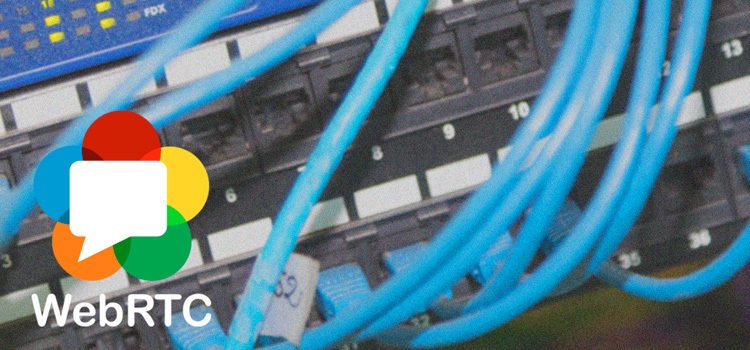
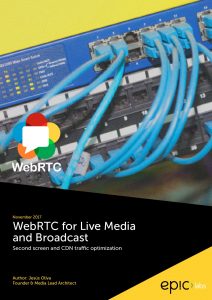 WebRTC for Live Media and Broadcast
WebRTC for Live Media and Broadcast
Second screen and CDN traffic optimization
Whitepaper by Jesús Oliva
Download it for free!
TECH TALK. Epic Labs Engineer Pablo Aguirre´s tech-talk to explain the use of the Micro ecosystem in the development of distributed systems for Golang.
keep learning with Epic Academy
Cuda 8.0 → http://docs.nvidia.com/cuda/cuda-installation-guide-linux/#axzz4VZnqTJ2A
cuDNN 6.0 → https://developer.nvidia.com/cudnn (requires sign up)
Tensorflow 1.3 → https://www.tensorflow.org/
Pip and virtualenv:
sudo apt-get install python-pip python-dev build-essential sudo pip install --upgrade pip sudo pip install --upgrade virtualenv
Create virtual enviroment´s directory:
mkdir my_envs && cd my_envs
Create virtualenv:
virtualenv env
Activate virtualenv:
source env/bin/activate
Installing tensorflow-gpu:
pip install tensorflow-gpu #pip≥8.1
Running the script:
python tutorial.py
keep learning with Epic Academy
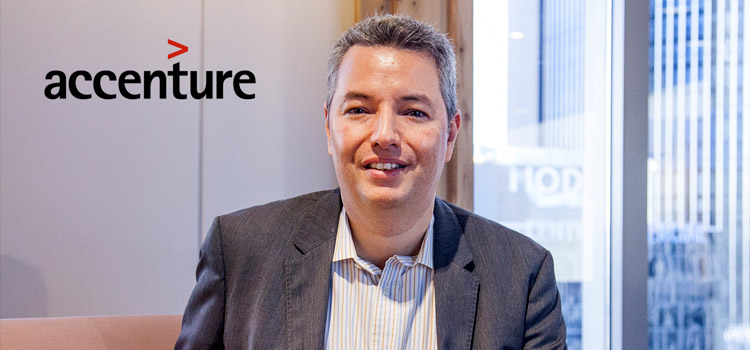
An interview with Marcelo Manta, Senior Manager at Accenture

The DASH Industry Forum has a vital task: to create a reference version that helps in the correct implementation of the DASH player. Going back in time we can nd similar experiences led the appearance of different streaming standards such as Apple ́s HLS, which is now used by a majority, or even Microsoft’s one, which is still used by some platforms. The bottom line is that it is not good to have several standards, if only for one operational issue.
That ́s why there is a great interest in the steps being taken by DASH-IF, indeed, Apple is suggesting that it will support this initiative even if there is not yet an official communication. And let’s not forget that Google already uses DASH and they control the most used system in mobile devices, which is Android, next to the most used browser, which is Chrome. I think this is something that will come. When it is a question of setting standards, compatibility issues are often encountered because a standard is never so accurate that it can be seamlessly integrated from its inception. The most interesting thing about this case is that it will create a reference implementation, which does not have to be the one that someone will use in the end, but it will guarantee a minimum and will facilitate integration and compatibility. I have been involved in the past in some standardizations and I can say that it is very important to take this path.
Nowadays what we find is that HLS users are recognizing that DASH is an improvement yet HLS has a bigger market penetration. This are generating questions about whether migrating to DASH and analyzing what this new standard offers, such as better support from Google or a single framework. For its part, HLS is working to implement some things in a clearer way than DASH, so it is important as I said at the beginning to have a reference implementation that helps de ne how all this can be clari ed and tackle those functionalities that are not so clear today. As an example, we worked with Epic Labs on an Ad Insertion project on DASH, and we realized it was something that could be better implemented in the player. Now we are really starting to de ne all this better, and therefore, the player is improving remarkably. There are opinions that DASH are not mature yet, but the way it’s being implemented makes the project move forward faster and safer now.
In my opinion, the key thing is going to be the support from the different devices. Today, DASH is more and more supported, so there will come a time when Google or some similar company will begin to deprecate HLS, that’s when the deployment will be already massive and probably generate some runaway from other standards.
I think that’s really very difficult, in fact it’s not recommended that there should be a single implementation because we have many different devices with very particular characteristics, each one has its own hardware underneath like mobile phones, Smart-TV, video game consoles, etc. This makes it not possible to have a player that is unique, it helps very much as I have said that there is a reference implementation, which in fact is what at the time got HLS, but we must bear in mind that it had problems in the past and was not as debugged as now. Indeed, there is another similar problem in this industry with H. 264 and H. 265/HEVC. When MPEG2 was used everyone decided to implement H. 264 because it was a big improvement, now that H. 265 we are risking not to continue in a single standard due to patents, this generates a lot of noise and a slower migration.
To be honest, I think they’re doing everything they have to do. One thing, which is very important, is to carry out interoperability tests be- tween equipment. In this sense, it is very necessary that the different actors meet and check how the different components, systems, workflows, etc. work. It’s not just about the encoder and player fitting, but there are many more elements involved that need to be checked. The CDNs are incorporating more technology so it’s not just proving that the end-to-end chain works, but testing things as if it’s operational with the new peer to peer functionality Akamai recently announced, to give an example, and see how it affects DASH.
The video ecosystem is changing from a broadcast world, in the one-to-many sen- se, to another that is unicast, namely one-to-one. This is a trend that is accelerating and its migrating from one side to the other. In this process, there are cases that are very interesting. We have a large customer that has been monetizing its OTT proposal a lot. It is a typical broadcaster, with central headquarters and different channels in various locations, each with its own direction and organizational layer. In this type of channels, what happens is that the team that makes online video does not usually have a consistent entity, are not as important as other pro- les of the company. What this client has done is to change that paradigm, it gave the Internet team the same entity as a traditional channel, with the same level of importance and reporting. Once this is done, that channel has started to make a lot of revenue through online advertising. We have to be aware that online advertising can make a lot of money. In his country, that channel has become the volume leader above YouTube in terms of internet advertising.
This example is not common, indeed when you ask to a traditional broadcaster how they have organized this, you nd that the internet department is not as important as the rest of the people who work in the channel, they are usually a cross-fusion of the IT department that takes care of it, but it is not usually a business unit that is looked at with respect. But, as I said before, it is a very good example of where the industry is going and what direction broadcasters should be moving in. In addition, you have to keep in mind that if they are not willing to make these moves, there are companies that are willing to do so and one of them is Google.
Accenture provides unmatched services in strategy, consulting, digital, technology and operations. The company partner with more than three-quarters of the Fortune Global 500, driving innovation to improve the way the world works and lives.+
 The DASH Industry Forum (DASH-IF) establishes interoperability guidelines on the usage of the MPEG-DASH streaming standard. MPEG- DASH simpli es and converges the delivery of IP video, to provide a rich and enjoyable user experience, to help drive down costs and ultimately to enable a better content catalogue to be offered to consumers.
The DASH Industry Forum (DASH-IF) establishes interoperability guidelines on the usage of the MPEG-DASH streaming standard. MPEG- DASH simpli es and converges the delivery of IP video, to provide a rich and enjoyable user experience, to help drive down costs and ultimately to enable a better content catalogue to be offered to consumers.
 Epic Labs, proud member of the DASH Industry Forum, is a software engineering center that helps companies to innovate in Media, offering advanced video solutions and several collaboration proposals in digital transformation.
Epic Labs, proud member of the DASH Industry Forum, is a software engineering center that helps companies to innovate in Media, offering advanced video solutions and several collaboration proposals in digital transformation.
https://www.accenture.com/us-en/insight-cmt-bringing-tv-to-life-digital-video-business
We have a Team-centric vision. Epic Labs is always looking for talented individuals. Drop us your resume at: https://www.epiclabs.io/careers/ #BeEpic!
Video y Power Point del workshop ofrecido por Epic Labs y Antonio Tablero (FOX) sobre Inteligencia Artificial, Machine Learning, para Media y Broadcast el pasado 4 de octubre en BIT Experience 2017. (http://www.ifema.es/bitexperience_01).
Incluimos en esta sección el vídeo completo, un resumen de 10´con los puntos clave y el Power Point que se utilizó con toda la información.
VIDEO RESUMEN
VIDEO COMPLETO
DESCARGAR PRESENTACIÓN